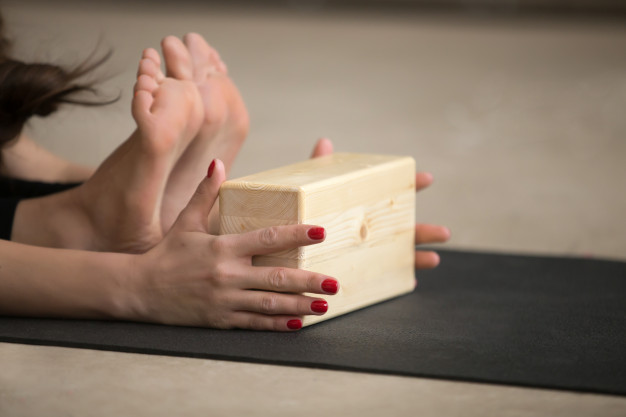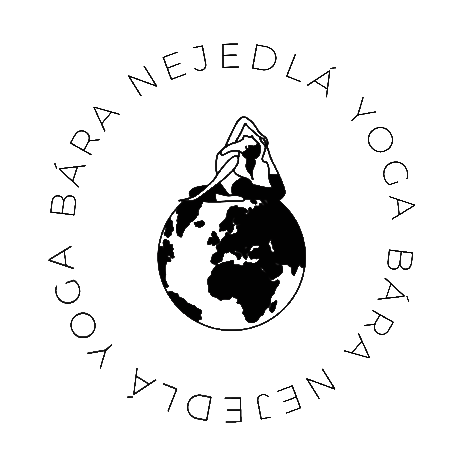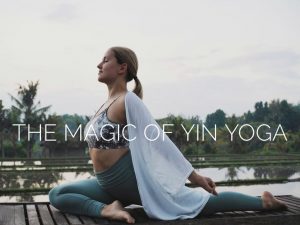What actually is Yin Yoga?
You may think that this is just one of the crazy styles of yoga in modern times, but the truth lies elsewhere. Yin yoga is just different than most of the „typical“ styles of yoga you may know. Styles such as hatha or vinyasa are yang types of yoga where movement is faster, we strive for some form and focus primarily on „superficial’ muscles. Yin yoga, on the other hand, is a gentle slow practice that aims to stretch deep connective tissues – ligaments, tendons, and fascia (=sheets of our joints, muscles and bones). Yin yoga works deeper not only in our body but also in our soul. ♥
Principles of Yin Yoga
During yin practice we always go through two phases at each pose. The first stage, or principle, is come into the pose to an appropriate depth. We want to find a borderline where we feel a sufficiently intense stretch in our body, but not any pain. It is very important to respect the signals of our body and we should never ignore pain or tingling. The second phase is to remain still and hold the pose for some time. Our goal during each asana is to observe ourselves, our breath, and let our thoughts and emotions pass.
Benefits of Yin Yoga
- Reduces stress and anxiety
- Releases long-lasting blocks
- Grounding and clear mind
- Deep relaxation at physical and mental level
- Increases physical and mental flexibility
- Deeper connection with our body
- Increases energy flow in the body
- Better functioning of our organs
- Healthier and more flexible joints
- Releases fascia in our body
- Improves meditation and concentration
- Improves quality of sleep
Practicing Yin Yoga
This style is characterized by longer passive holds in positions (from 2 to 6 minutes) and most positions are performed in a sitting, kneeling or lying position. Through longer holds in asanas, we will improve energy paths in our body so that life energy is not blocked anywhere. Through certain series of asanas, we can influence either individual meridians (=paths that control the flow of energy through different points in the body) or we can comprehensively harmonize the energy flow throughout the whole body.
During your practice, various emotions, both positive and negative, may emerge. The principle of holding the pose teaches us to handle different emotions while remaining calm and still.
Practicing yin yoga is not complicated at all, it does not have one strictly correct performance. In each yin pose, it is important to apply the two principles mentioned above and then completely relax all tension in the muscles, relax the mind and just tune in to your own breath. Our breath substitute as a guide during the practice. It should flow naturally at all times, and whenever we tend to breathe faster, it is a signal to us that we may be beyond our limits.
What do I need to practice?
In yin yoga we often use various yoga props such as blocks, bolsters, blankets or belts. These make it easier for us to stay longer in each pose, allow us to achieve greater relaxation and also allow us to perform asanas more safely and efficiently. Do not forget to get into your comfy and warm clothes because this style of yoga is very static, so our body tends to get colder over time.

Who is yin yoga for?
This is a very gentle style of yoga and therefore suitable for all levels practitioners. Everyone can find what they are looking for and what they need. It is suitable for those who have a sedentary job, for individuals who feel mental fatigue or for athletes after training.
It is also important to mention that yin yoga is by no means a substitute for yang forms of yoga or other exercise. But it is a wonderful addition that helps bring balance and harmony to our lives. In my opinion, yin yoga is a great cure for an overly stressful and accelerated way of life in these modern times.
On my social media, I will share specific yin yoga sequences so that you can practice in the comfort of your own home.

